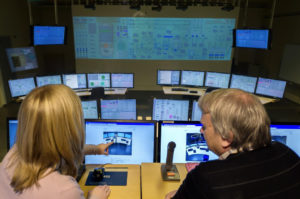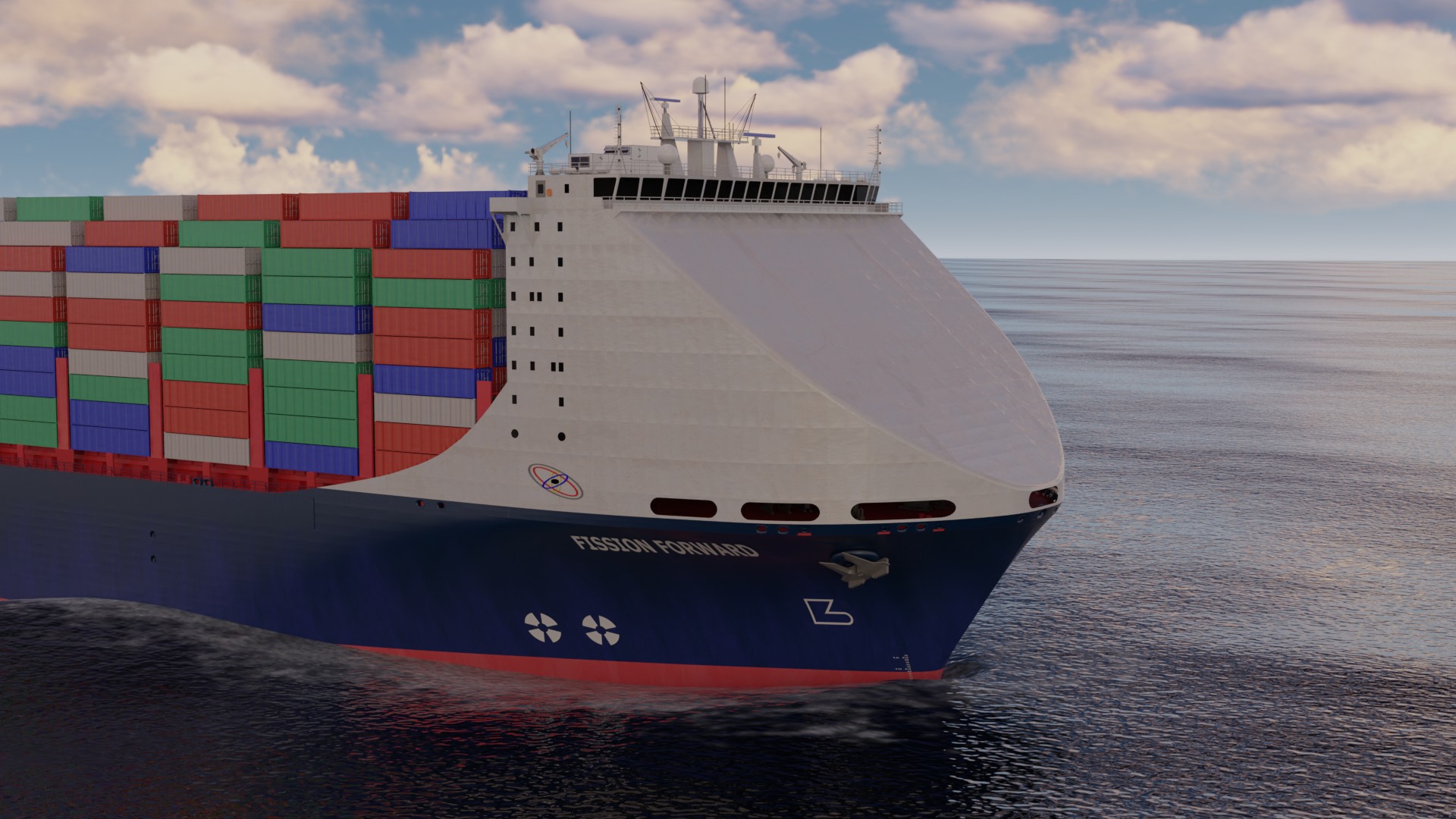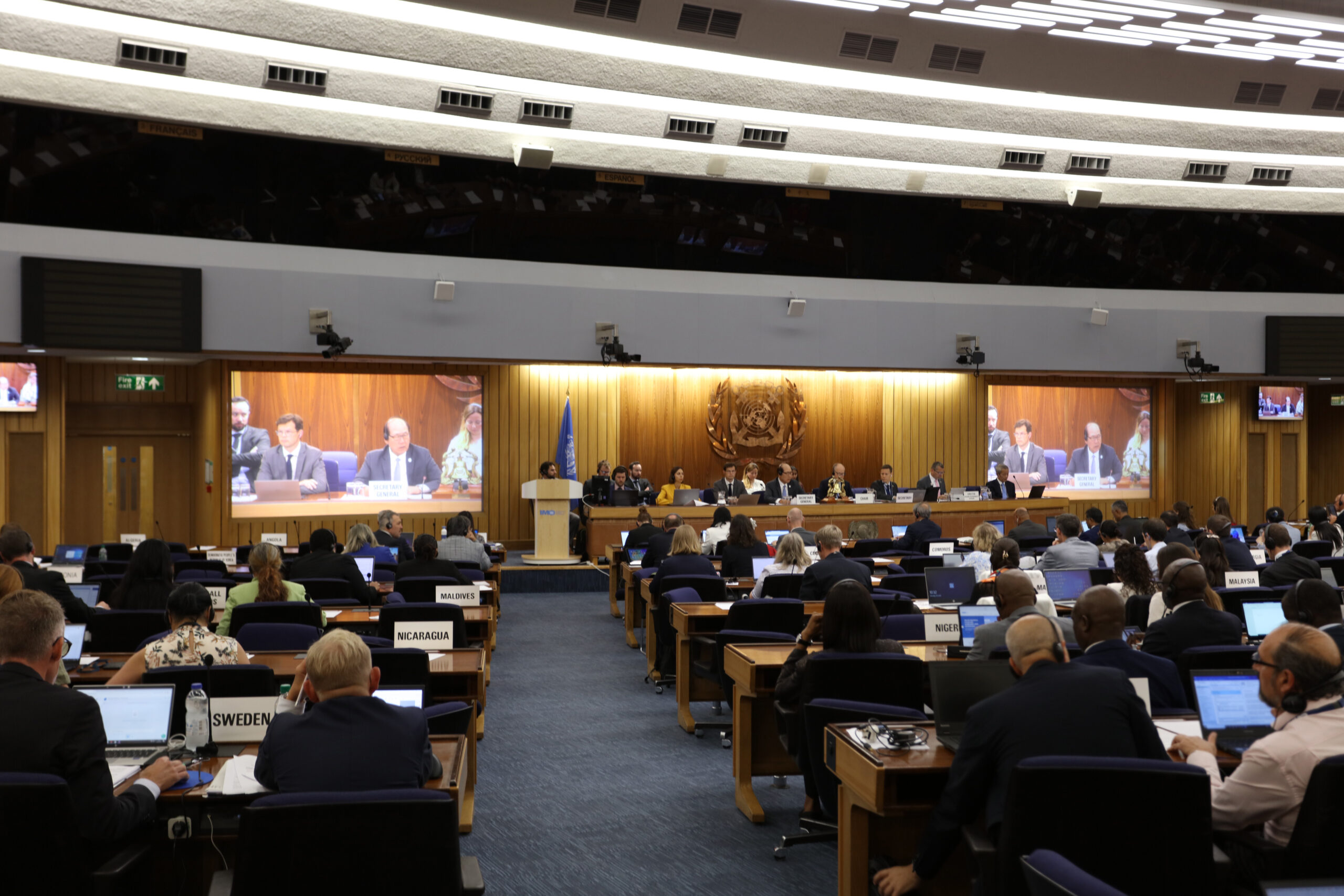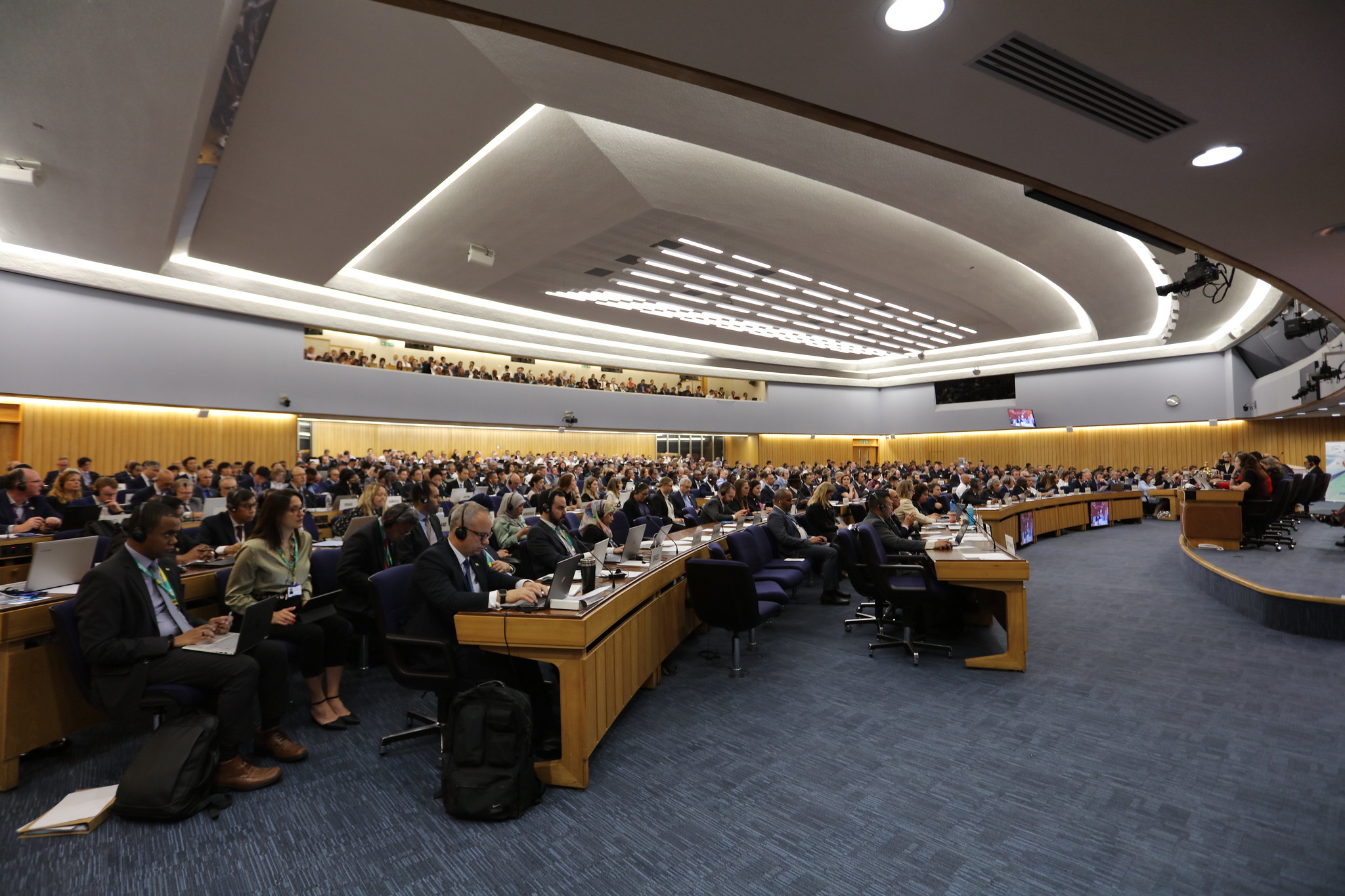Last year ended with the first successful demonstration of nuclear fusion and the UK updating maritime regulations governing to allow for nuclear-powered commercial vessels.
The UK has incorporated IMO’s non-mandatory Nuclear Code into its legislation, requiring all future vessels to meet the standards of the 1981 instrument, and carry a certificate of compliance. While the code requires updating as it does not refer to modern nuclear technology, the move is an important step in preparing for the possibility of nuclear-power commercial shipping.
The legislation was passed on 8 December. In an explanatory note to the new legislation the Department for Transport wrote that while the UK’s Maritime & Coastguard Agency has not had any direct engagement with nuclear ships, “it is recognised that nuclear propulsion could be used to mitigate against climate change and proposals may be made in the future to use this technology in order to help achieve the necessary reduction of greenhouse gas emissions from shipping”.
“It is expected that within the next decade there could be a significant number of ships using alternative fuels and power sources, and it is possible during that time frame that some UK ships will do the same. In addition, it is likely that nuclear-powered ships will be seeking to trade in UK waters,” the note added.
Fusion fuss
At the same time, a more exciting development – albeit further from application – was being celebrated in the US. Researchers at the National Ignition Facility at Lawrence Livermore National Laboratory achieved a nuclear fusion reaction that, for the first time ever, produced more energy than was expended generating it.
NIF produced 3.15 megajoules (MJ) of fusion energy output using 2.05 MJ of laser energy delivered to the target, demonstrating the fundamental science basis for inertial fusion energy. The results were peer-reviewed and verified by outside experts, scientists said.
While the achievement of “scientific breakeven” was heralded in world media as a great green hope for unlimited fossil free energy, researchers later stated stabilizing and descaling the process for real-life application would likely be decades away. For shipping, that is likely to be an even longer wait; a laser constellation as big as a football stadium was needed to ignite a fuel pellet smaller than a peanut.
Related news

ABS study explores potential of commercial nuclear propulsion

HD Hyundai reveals digital ship ambitions
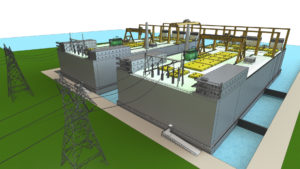
BV and ThorCon join forces to develop a molten salt nuclear power barge
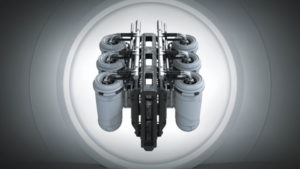
Cruise lines keep an eye on nuclear options

ABS and DOE to take a fresh look at nuclear energy for commercial maritime
